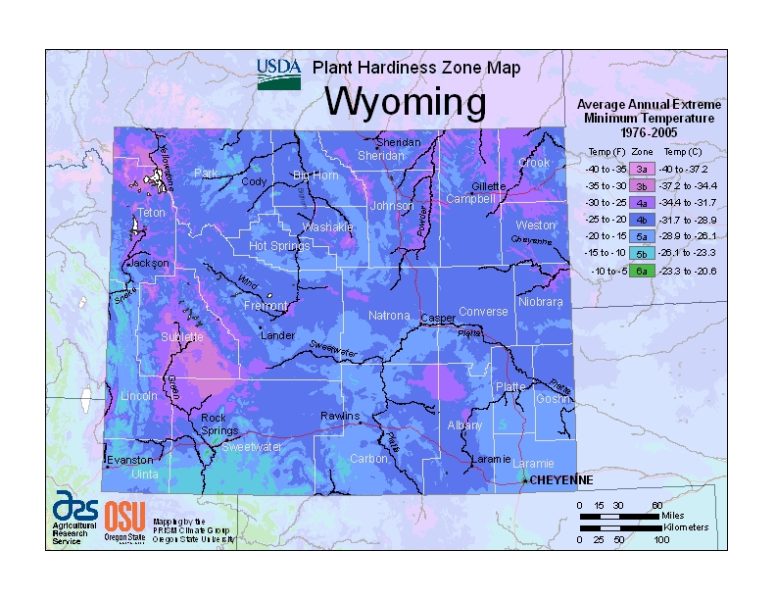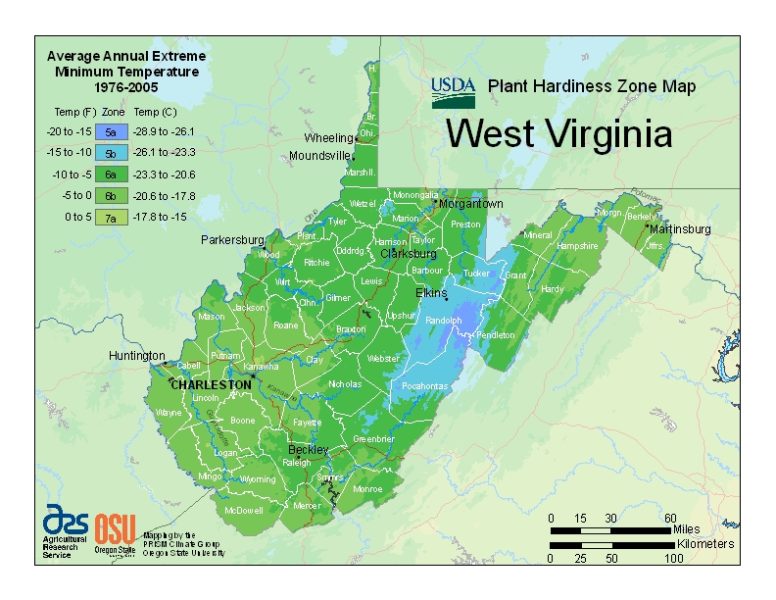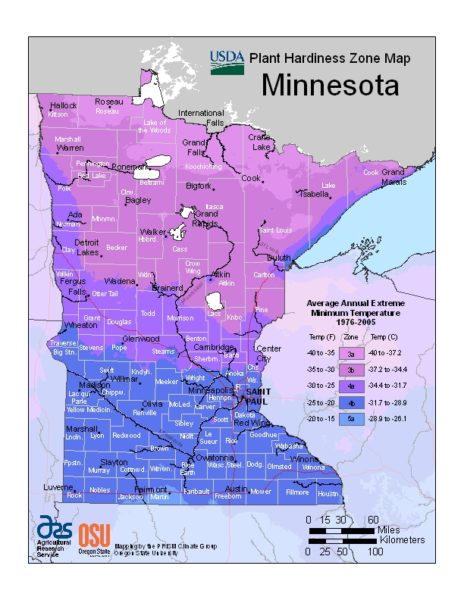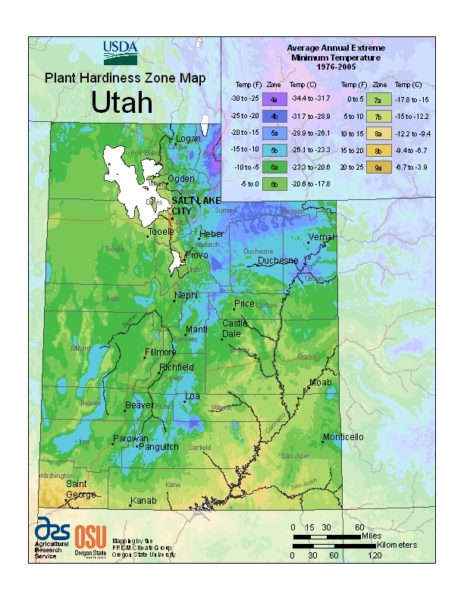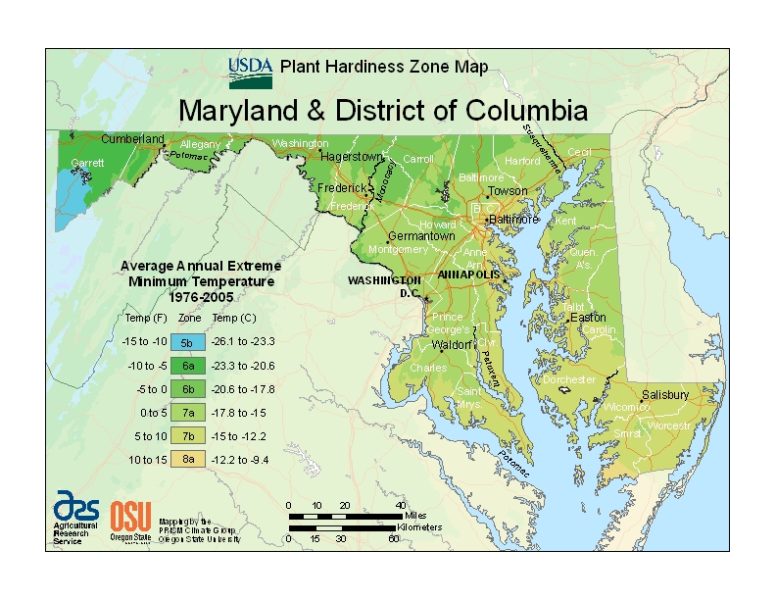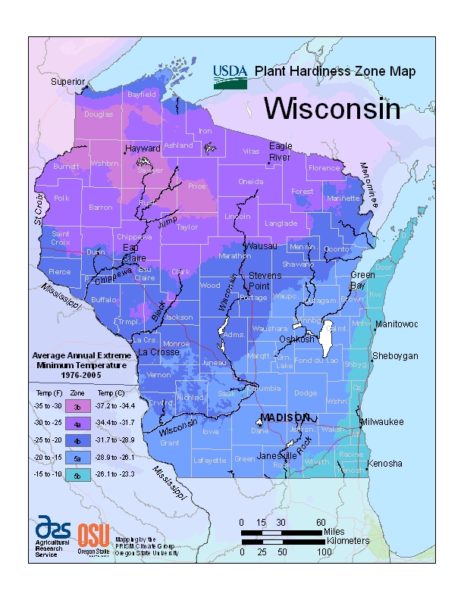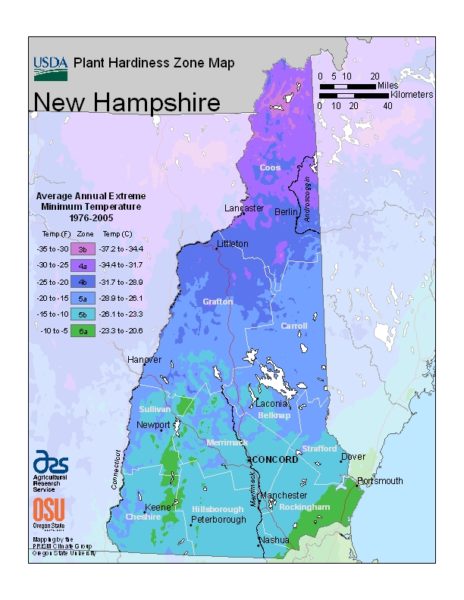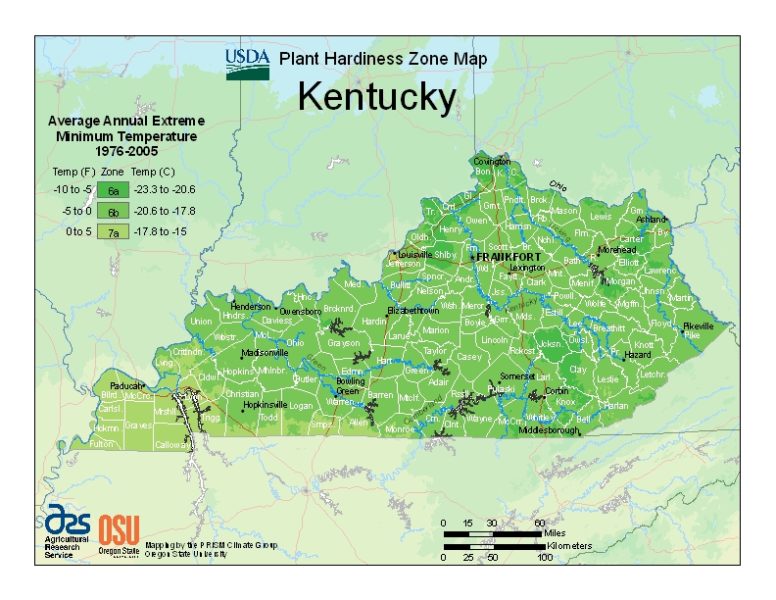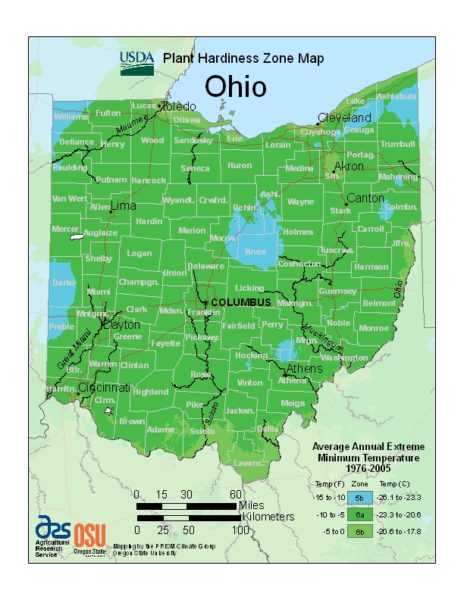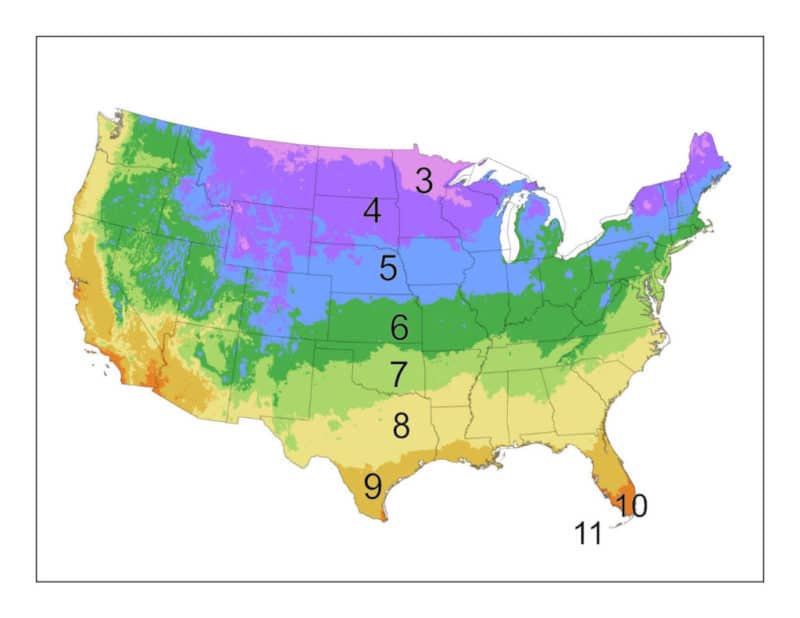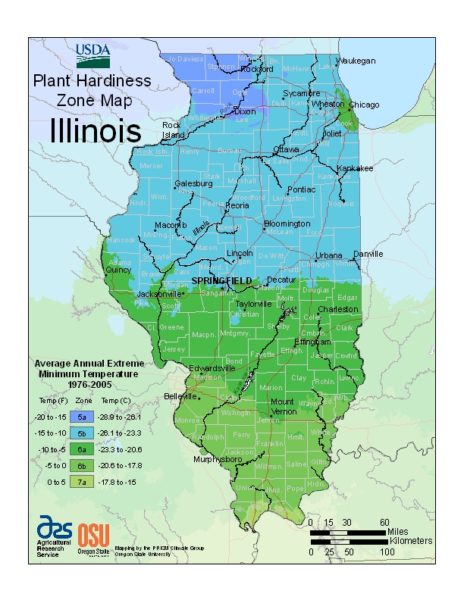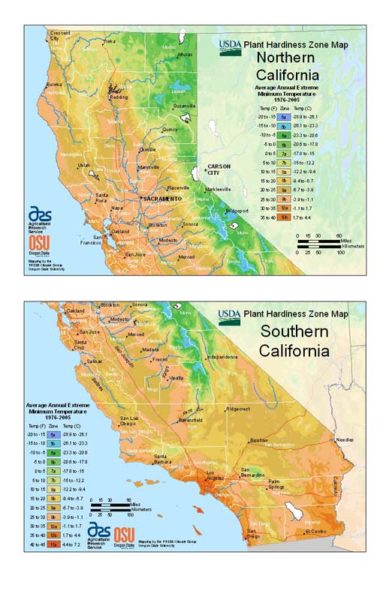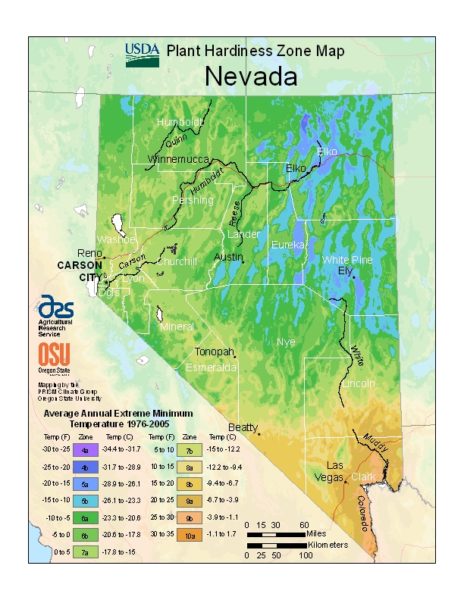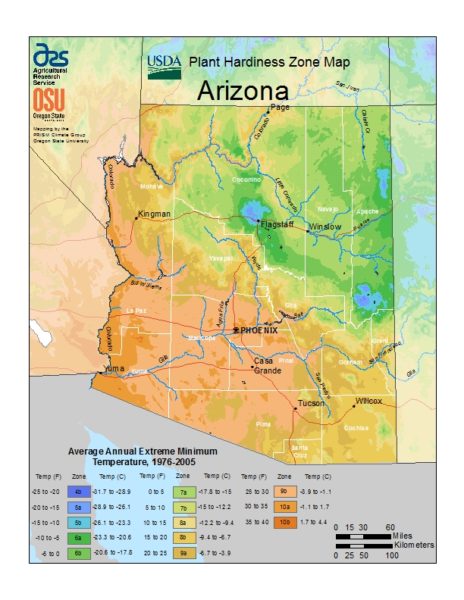
Soil Drainage Testing
Simple Test for Your Soil Moisture & Drainage
I bought some shrubs from one of our top-rated nurseries this week. We’ll post a review and pictures after they arrive. In the meantime, I was trying to decide where to plant them. I figured I might as well get the holes dug ahead of time.
The shrubs I bought, as well as many other trees & shrubs sold at nurseries, say they need “well-drained” soil. I realized I didn’t know what that actually meant. What is well-drained soil and how do I find out what mine is?
As usual, our friends at the local county extension office (you can find yours here) taught us this easy way to test how well your soil drains.
They explained well-drained as meaning the rate at which water either runs off or drains through the soil. They actually went into details about a ‘Soil Percolation Test’. I thought they wanted coffee. I think they heard my eyes rolling up into the back of my head over the phone as they started doing math and geometry. They were very excited about it, I was lost. They dummied it down to a simple test anyone can do at home. I am grateful for that 🙂
How to do a soil drainage test:
There are actually 2 ways.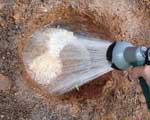
- Dig a hole 10 to 12 inches deep and 8 to 12 inches wide. Then fill your hole with water and walk away! 12 hours later ( or overnight) fill the hole with water again and keep track of how long the water takes to drain. You have well-drained soil if the water drains in 2 to 3 hours. If it takes longer than 3 or under 2 hours, you have drainage issues.
As I was trying to decipher my crazy handwritten notes, they then decided to tell me there’s an even easier, faster way to test soil drainage. It may not be as technically accurate as the above test but you’ll have results in 10 minutes. As a casual weekend landscaper/gardener, that was good enough for me.
- Fill the hole you dug with water and don’t walk away! If the water takes anywhere between 10 and 30 minutes to drain, you have well-drained soil. Under 10 minutes is considered fast drainage. Over 30 minutes; poorly draining soil.
We have a lot of clay & hard-packed soil in my area. The county extension office gave me a couple of recommendations to help with drainage.
Amend the soil with compost or peat moss. This can help drainage whether it is sandy or clay soil types. Mix as much as ½ of the native soil with the compost.
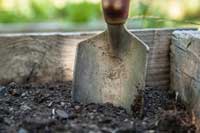 Consider raising the planting bed using a blend of topsoil & compost in the raised beds.
Consider raising the planting bed using a blend of topsoil & compost in the raised beds.
The key to remember is that slow-draining soil will hold water longer, potentially causing roots to rot. It also deprives the roots of the oxygen they need. Water drains too fast & plants can dry out.
Test the drainage of your soil and make sure what you are buying is suitable for your soil moisture conditions. If an online nursery doesn’t list the soil moisture preference for a plant you’re interested in; Call them! Any of our top-rated nurseries would be more than happy to answer any questions you have.
- How and Why to Create a Wildlife Hedge - April 19, 2024
- What is the Difference Between Evergreen and Deciduous trees and Shrubs? - April 16, 2024
- Why You Should Never Add Stones in the Bottom of Your Flower Pot - March 24, 2024





